
Mastering Citrix? XenDesktop?
¥90.46
This book is intended for IT administrators who want to use Citrixas a desktop virtualization solution or for IT architects who want to learn how to design and implement highly available and scalable XenDesktopenvironments. It is assumed that you have intermediate-level knowledge of virtualization concepts, Windows desktop operating systems, and Windows Server technologies. Citrix?, Citrix Systems?, XenApp?, XenDesktop?, and CloudPortalare trademarks of CitrixSystems?, Inc. and/or one or more of its subsidiaries, and may be registered in the United States Patent and Trademark Office and in other countries.
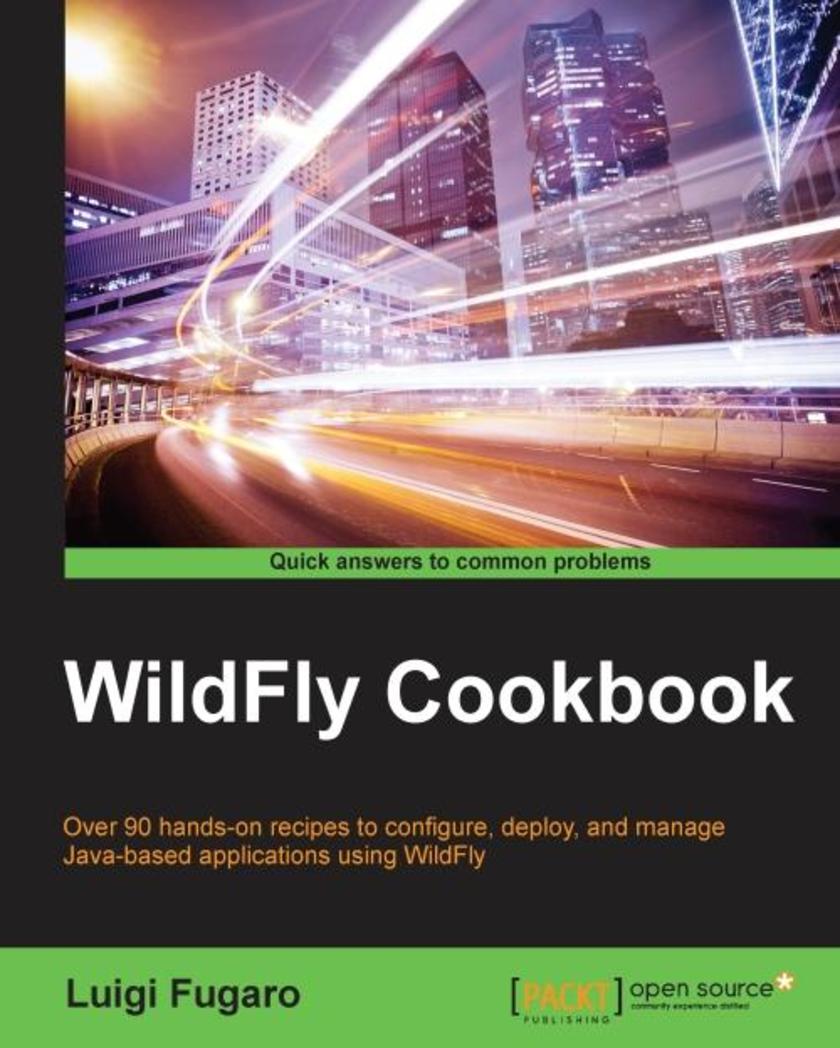
WildFly Cookbook
¥99.18
This book is intended for middleware system administrators and Java developers, actually good Java developers, who care about architecture design and implementation. Whether you are new to WildFly, come from a previous version, such as JBoss AS 5, 6, and 7, or are an expert in it, you will be able to master both the basic and advanced features of WildFly. By the way, most of the core components of WildFly are totally new, such as its administration tool, that is, the CLI; its operational modes, which are, the standalone and domain modes; and its web server provided by Undertow, you can benefit from this book even if you have no experience in JBoss and WildFly at all.
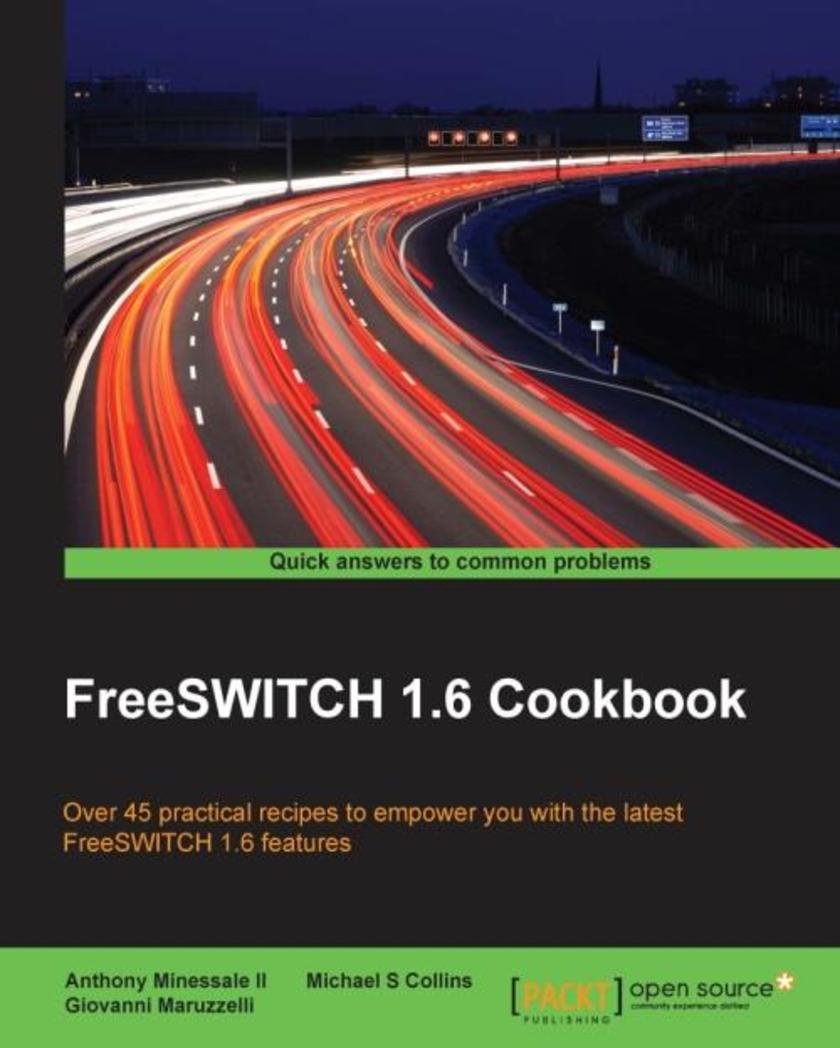
FreeSWITCH 1.6 Cookbook
¥71.93
FreeSWITCH 1.6 Cookbook is written for anyone who wants to learn more about using FreeSWITCH in production. The information is presented in such a way that you can get up and running quickly. The cookbook approach eschews much of the foundational concepts, and instead focuses on discrete examples that illustrate specific features. If you need to implement a particular feature as quickly as possible, then this book is for you.

Lua Game Development Cookbook
¥90.46
This book is for all programmers and game enthusiasts who want to stop dreaming about creating a game, and actually create one from scratch. The reader should know the basics of programming and using the Lua language. Knowledge of the C/C++ programming language is not necessary, but it's strongly recommended in order to write custom Lua modules extending game engine capabilities or to rewrite parts of the Lua code into a more efficient form. Algebra and matrix operations are required in order to understand advanced topics in Chapter 4, Graphics – Legacy Method with OpenGL 1.x-2.1 and Chapter 5, Graphics – Modern Method with OpenGL 3.0+. Sample demonstrations are coupled with binary libraries for Windows and Linux operating systems for convenience.
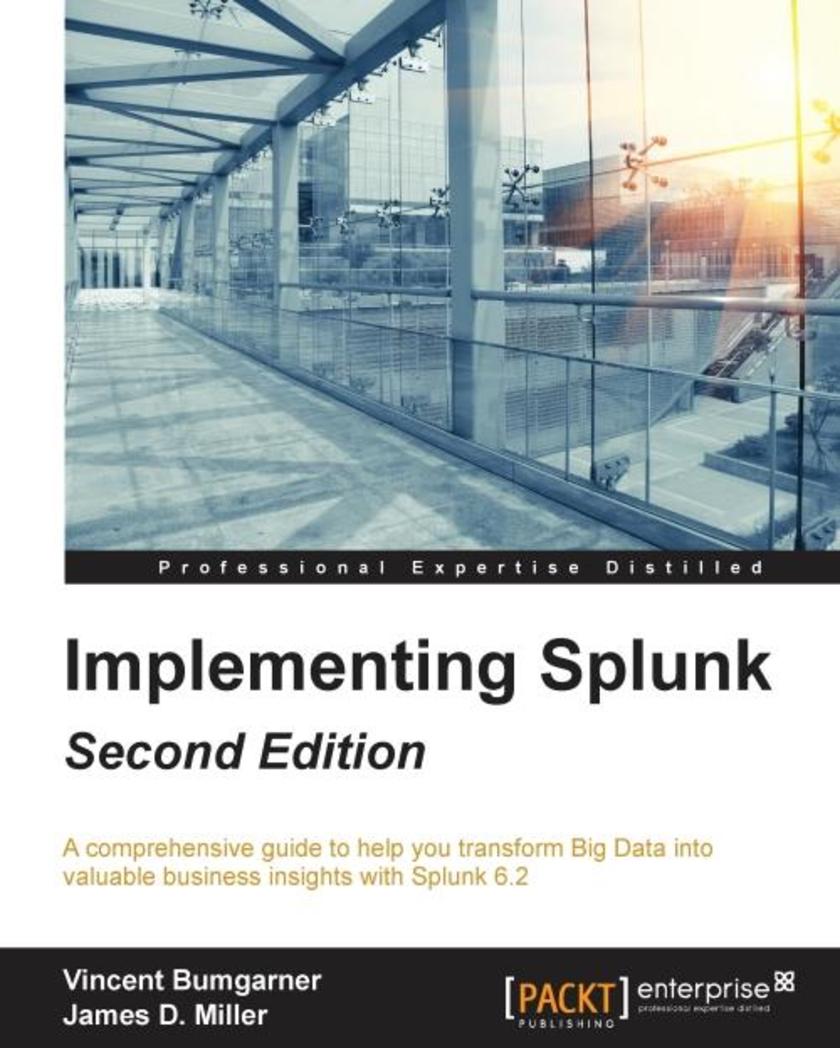
Implementing Splunk - Second Edition
¥99.18
If you are a data analyst with basic knowledge of Big Data analysis but no knowledge of Splunk, then this book will help you get started with Splunk. The book assumes that you have access to a copy of Splunk, ideally not in production, and many examples also assume you have administrator rights.

Wireshark Network Security
¥71.93
If you are network administrator or a security analyst with an interest in using Wireshark for security analysis, then this is the book for you. Basic familiarity with common network and application services terms and technologies is assumed.
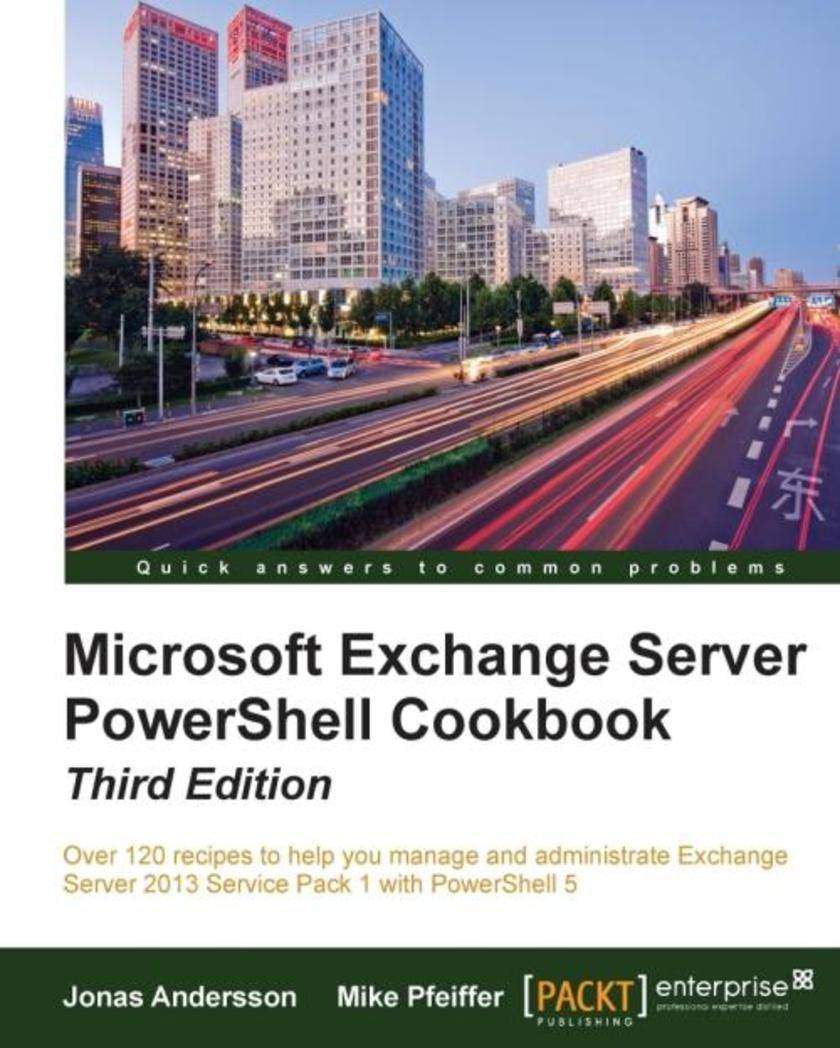
Microsoft Exchange Server PowerShell Cookbook - Third Edition
¥107.90
This book is for messaging professionals who want to build real-world *s with Windows PowerShell 5 and the Exchange Management Shell. If you are a network or systems administrator responsible for managing and maintaining Exchange Server 2013, you will find this highly useful.
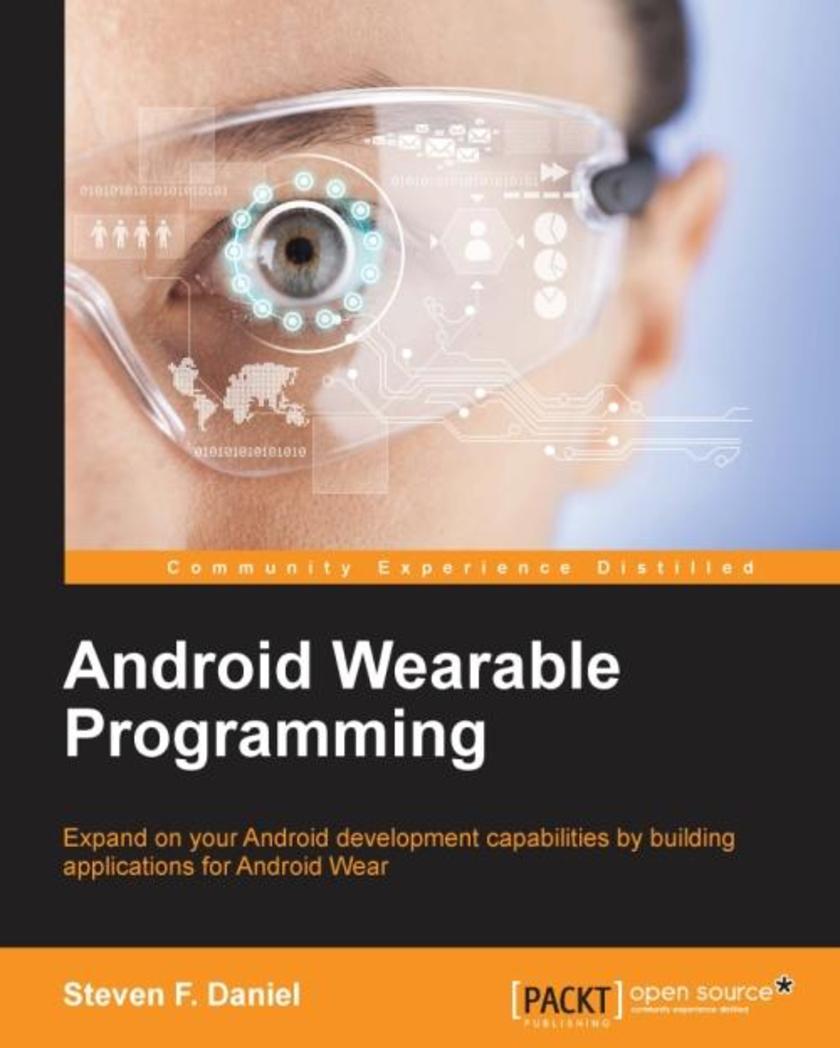
Android Wearable Programming
¥54.49
If you are an Android developer who wants to learn how to build applications for the Android Wear platform, then this is the book for you. This book only requires a basic knowledge of Android programming. Familiarity with development IDEs such as Android Studio, IntelliJ IDEA, or Eclipse will be helpful.
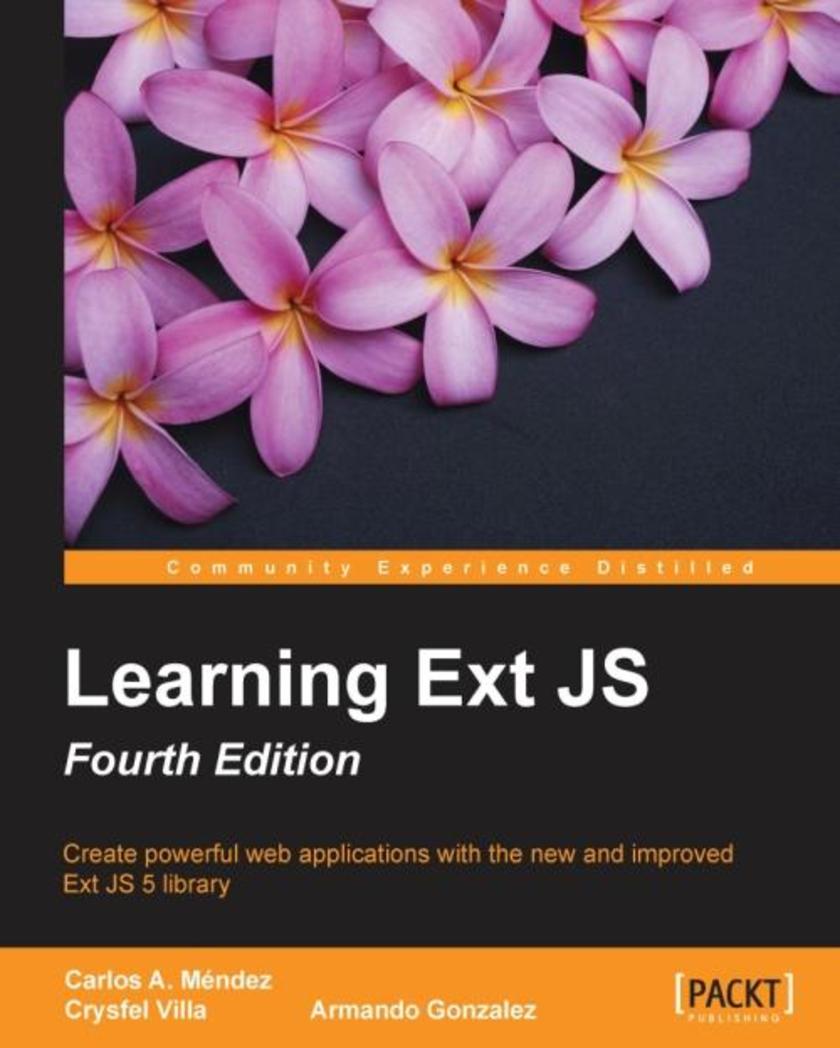
Learning Ext JS - Fourth Edition
¥90.46
If you are a JavaScript developer who now wants to use the Ext JS framework, this is the book for you. This guide is useful to you whether you're new to Ext JS 5 or are a seasoned expert. Experience in HTML, CSS, and JavaScript is required in order to understand and get the most out of this book.
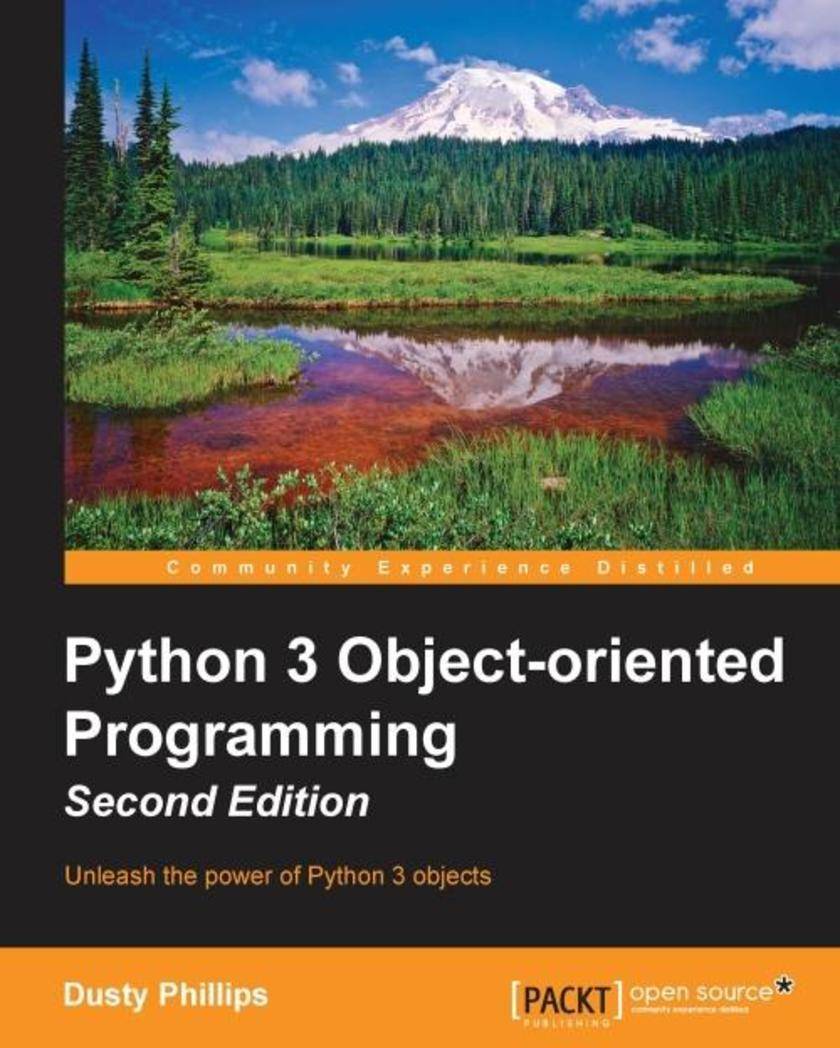
Python 3 Object-oriented Programming - Second Edition
¥90.46
If you're new to object-oriented programming techniques, or if you have basic Python skills and wish to learn in depth when to correctly apply object-oriented programming in Python to design software, this is the book for you.
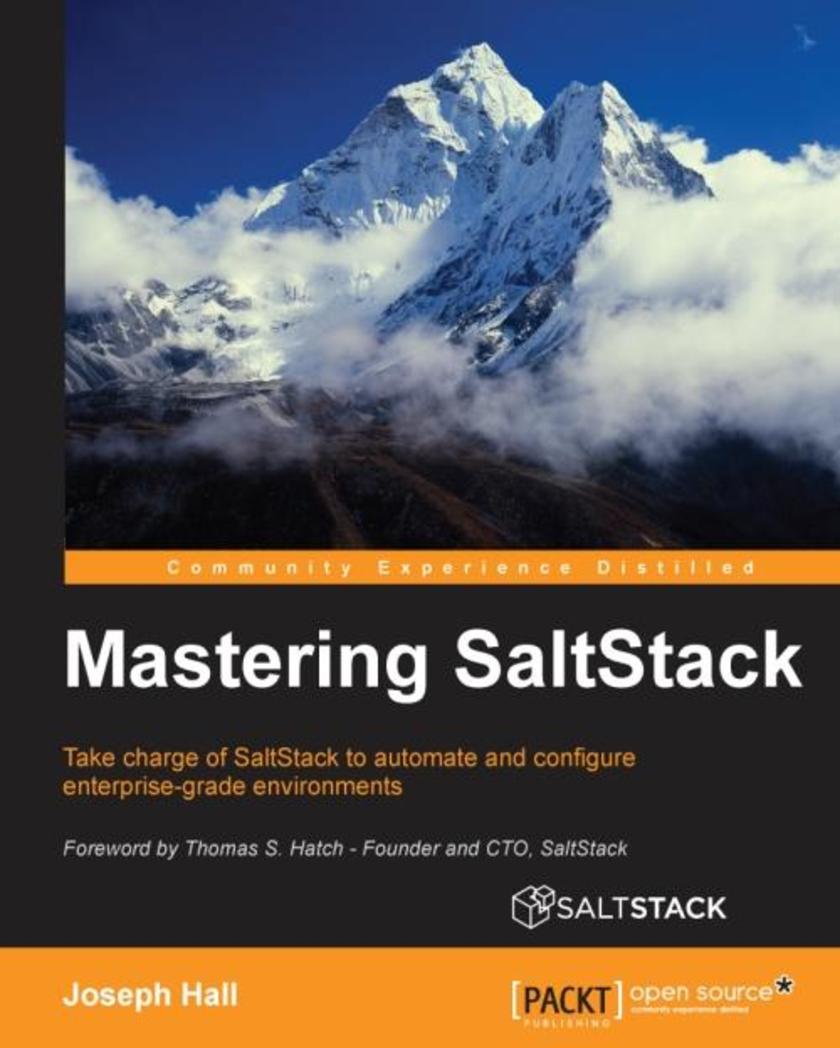
Mastering SaltStack
¥90.46
This book is ideal for professionals who have been managing groups of servers, and want to learn how to expand their toolset. This book will also explain some of the more advanced features of Salt, and explore how to use them to bring additional power to the fundamentals that the professionals have already been using.

Clojure Data Structures and Algorithms Cookbook
¥90.46
This book is for intermediate Clojure developers who can read and write in this language quite comfortably. Besides, it is assumed that you have some knowledge of how to set up Clojure projects, include dependencies, how to run REPLs, and so on through Leiningen and Figwheel. No prior awareness of any of the algorithms covered in this book is needed, and, when appropriate, pointers are given to the explanation material about any theory related to them.
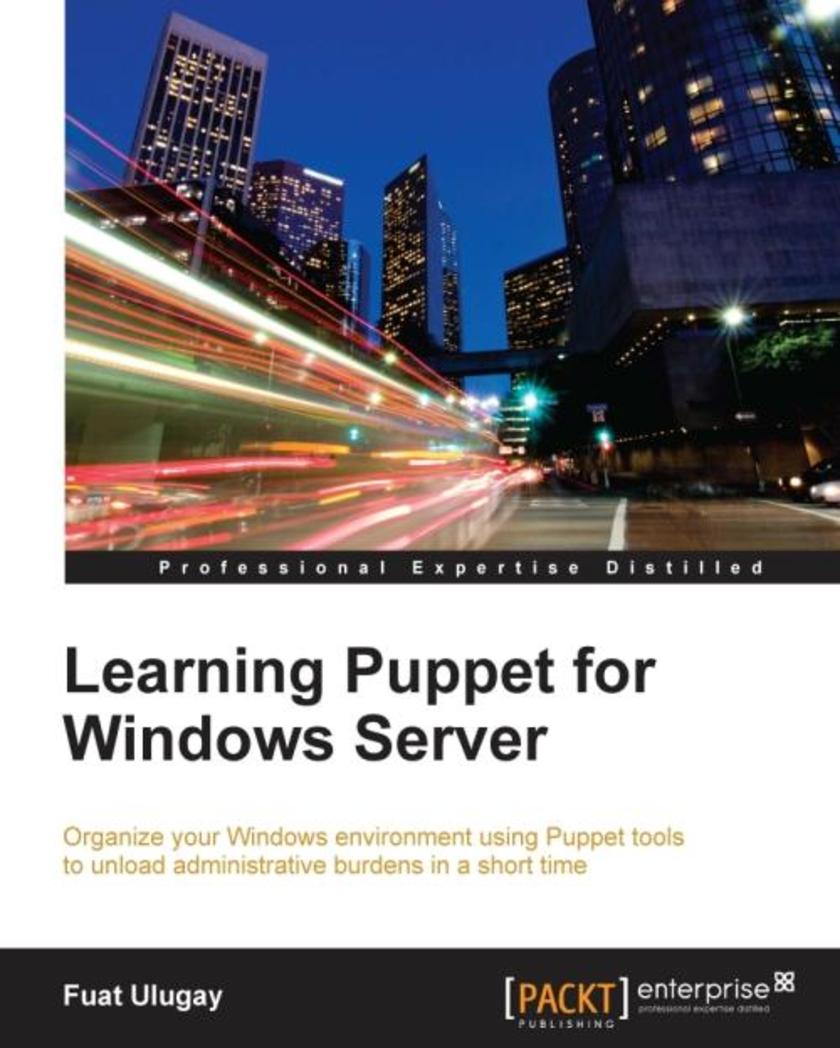
Learning Puppet for Windows Server
¥80.65
This book is for Windows administrators seeking to automate the management tasks of Windows servers and clients. Prior experience in Windows administration and a basic knowledge of Linux and Puppet will help you create wonders.

Responsive Web Design with HTML5 and CSS3 - Second Edition
¥71.93
Are you writing two websites: one for mobile and one for larger displaysOr perhaps you've already implemented your first RWD but are struggling to bring it all togetherIf so, this book gives you everything you need to take your websites to the next level. Some HTML and CSS knowledge will help; everything else you need is included in the book.
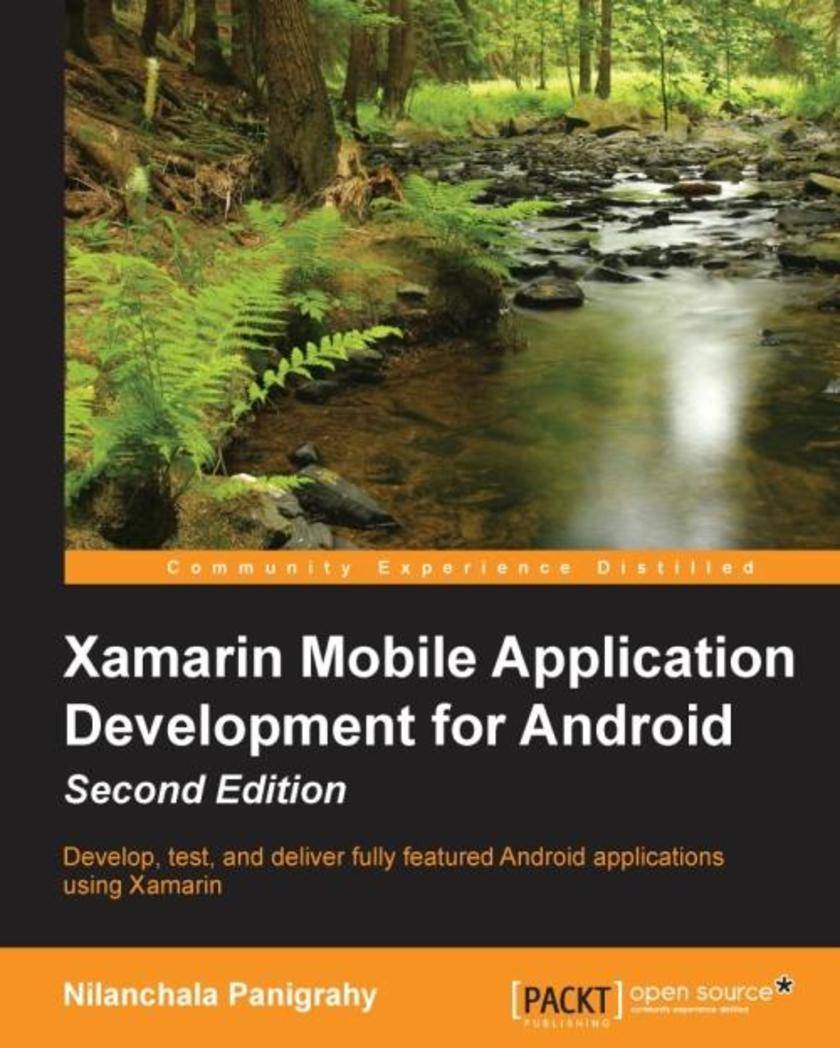
Xamarin Mobile Application Development for Android - Second Edition
¥80.65
If you are a C# developer who wants to develop Android apps and enhance your existing skill set, then this book is ideal for you. Good working knowledge of C#, .NET, and object-oriented software development is assumed.
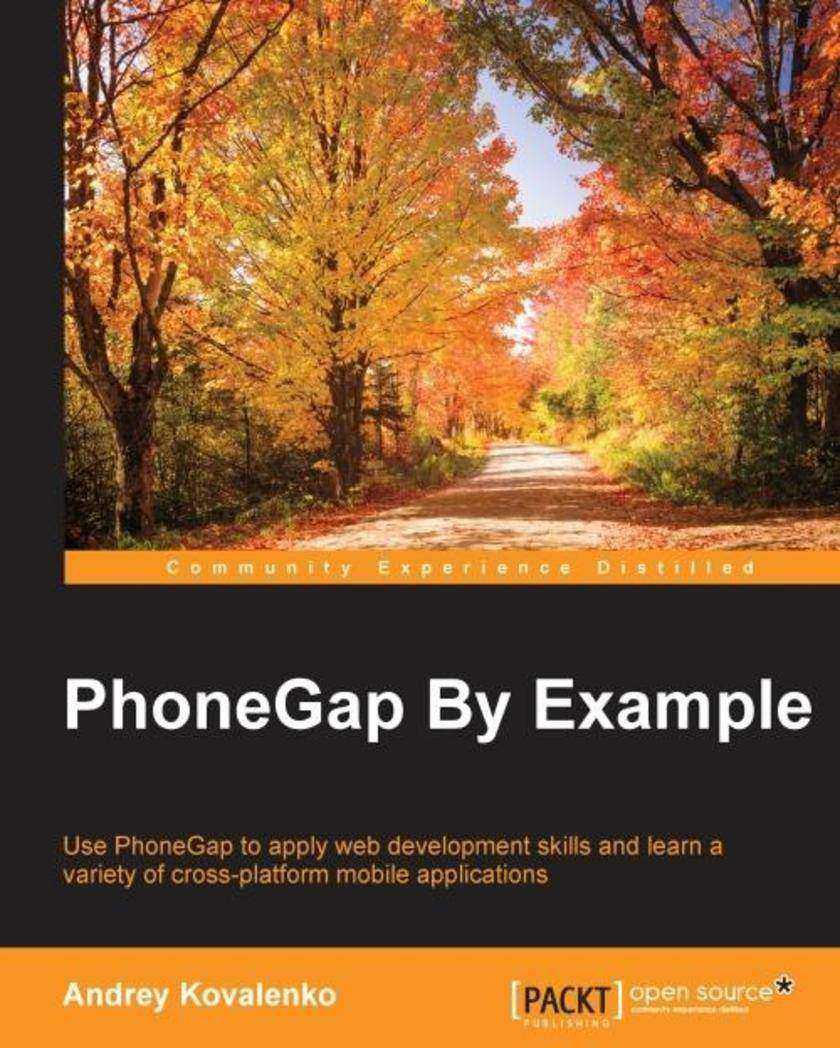
PhoneGap By Example
¥80.65
If you are a web developer with some experience in the development of single page applications and want to enter the world of mobile applications, then this technology and book are ideal for you. No previous experience in the C++ or Java languages is required.

Getting Started with PowerShell
¥71.93
This book is intended for Windows administrators or DevOps users who need to use PowerShell to automate tasks. Whether you know nothing about PowerShell or know just enough to get by, this guide will give you what you need to take your *ing to the next level.

Python Parallel Programming Cookbook
¥90.46
This book is intended for software developers who want to use parallel programming techniques to write powerful and efficient code. After reading this book, you will be able to master the basics and the advanced features of parallel computing. The Python programming language is easy to use and allows nonexperts to deal with and easily understand the topics exposed in this book.
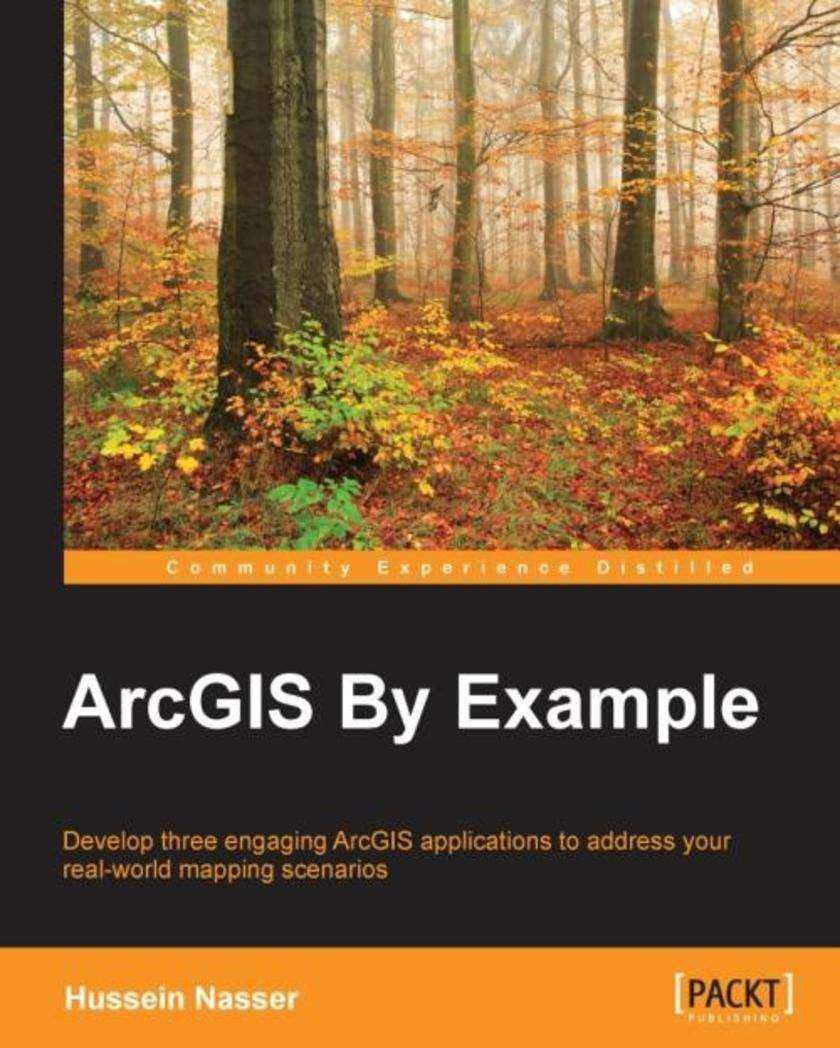
ArcGIS By Example
¥80.65
If you are an application developer who wishes to enhance your skills for the GIS domain with ArcGIS, then this book is for you. Previous experience with ArcGIS is not required.
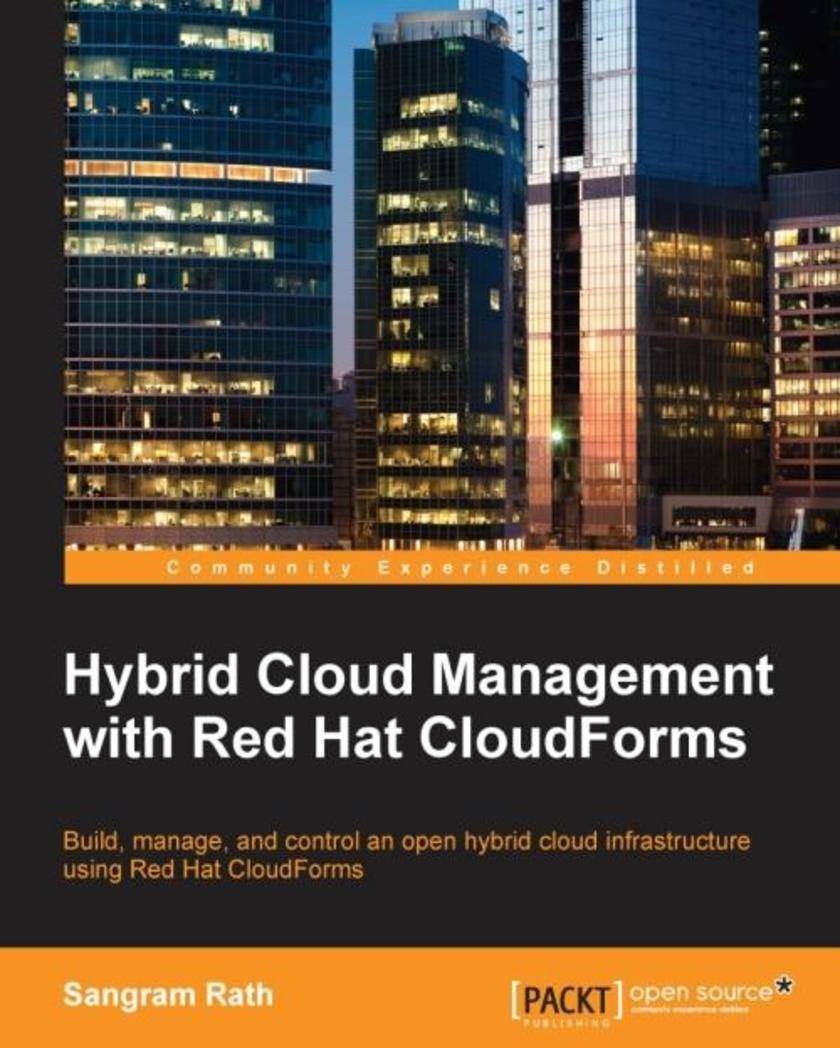
Hybrid Cloud Management with Red Hat CloudForms
¥71.93
If you are an existing Red Hat administrator who is new to the Red Hat cloud infrastructure and would like to manage and deploy hybrid clouds, then this book is for you. Red Hat Linux administration experience is assumed.

Arduino Wearable Projects
¥80.65
This book is intended for readers who are familiar with the Arduino platform and want to learn more about creating wearable projects. No previous experience in wearables is expected, although a basic knowledge of Arduino will help.




 购物车
购物车 个人中心
个人中心



